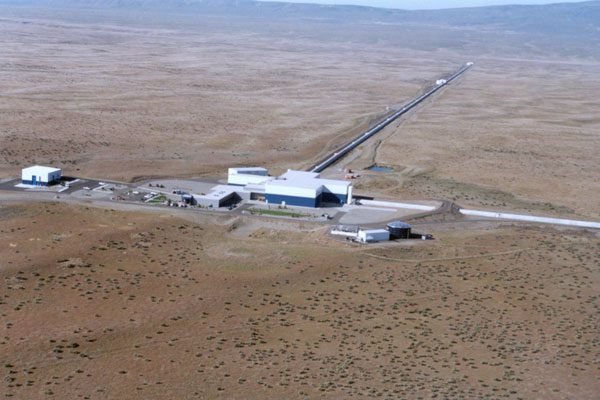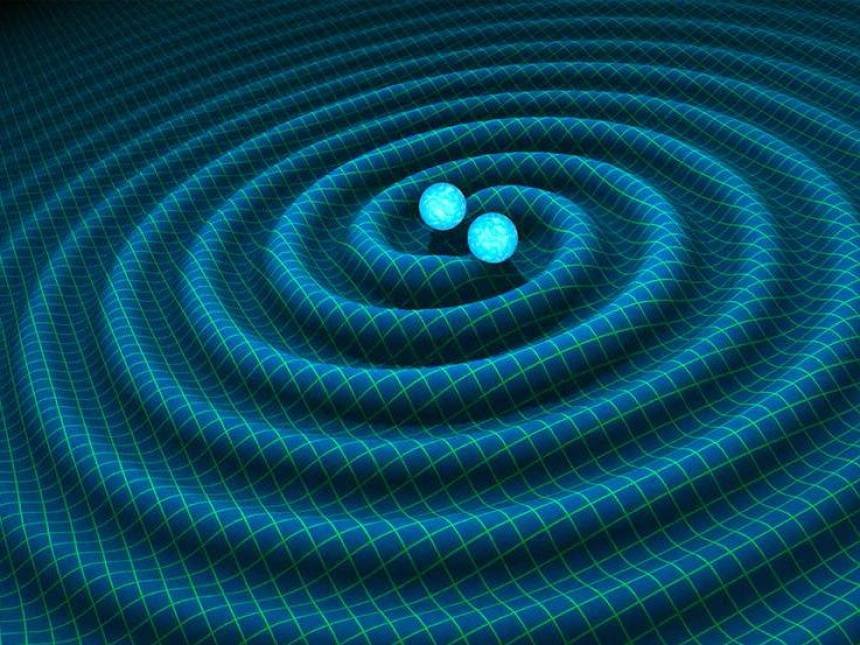Gravitational waves are caused by big cosmic events. In this post, it’s explained what are they, how are produced and how they can be detected.
Space-time
Space-time is the concept that the universe has 3 space dimensions and a 4th time dimension and, that space and time aren’t separated. Einstein’s General Relativity claims that any object with mass causes a curvature on space-time, the latter causes gravity and it’s where time flows slower in relation to an observer outside the curvature.

In addition to travel at speed of light (300,000 km/s or 186411,358 miles/s), the gravitational waves are transverse in space-time, by that, oscillation direction is perpendicular to propagation direction.
How gravitational waves are produced?
- When two celestial bodies with high mass orbit each other, around a central point.
- Two black holes orbiting each other and merging to form a black hole with higher mass. The video below is a simulation of this phenomenon.
- A supernova’s asymmetrical explosion. When a star whose mass is at least 8 times higher than the Sun, it can explode as a supernova when it runs out of fuel to make nuclear fusion.
- A neutron star colapse or a collision between these types of bodies also cause gravitational waves.
How to detect gravitational waves?
Gravitational waves are very difficult to be detected, because its amplitude decreases further they travel.
For detection, it’s used an interferometer. Consist in a laser beam, that passes through a beam splitter. Beams travel in “arms” perpendicular to each other and reflected by mirrors. Since “arms” length is the same, beams cancel each other in a destructive interference when they find each other again. However, when passes a gravitational wave, one of the “arm” becomes longer than another temporarily, due to space-time’s compression and expansion. When this happens, there’s a constructive interference between the beams and the photosensor detects light presence.

LIGO (Laser Interferometer Gravitational wave Observatory)
It was the first scientific instrument to detect gravitational waves, in September 2015. It’s an interferometer whose arm have 4 km (2.48 miles) length. One is located on Hanford, Washington state and another in Livingston, Louisiana state, USA.


The detected waves came from a collision between two black holes, at 1.3 billions of light years from Earth. The interferometers must be extremely sensible, arm’s length variation was around 1\cdot 10^{-19}, 10,000 smaller than size of proton.


